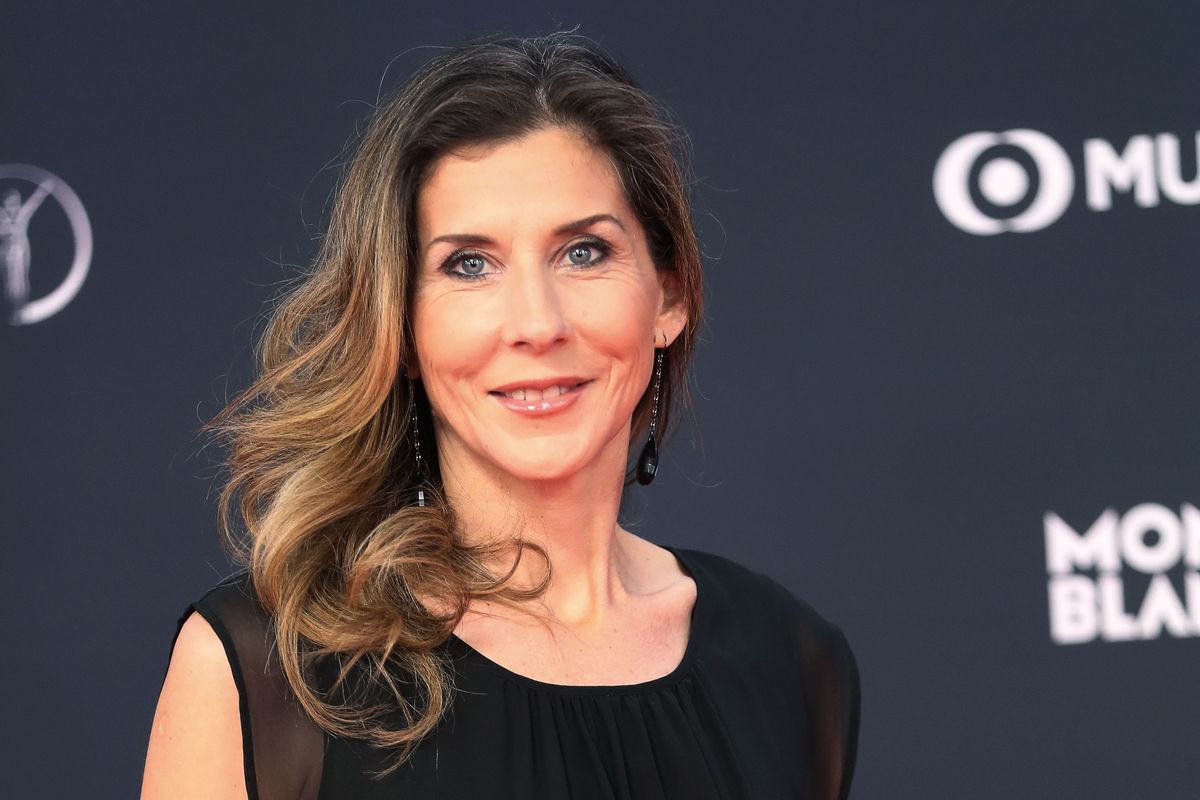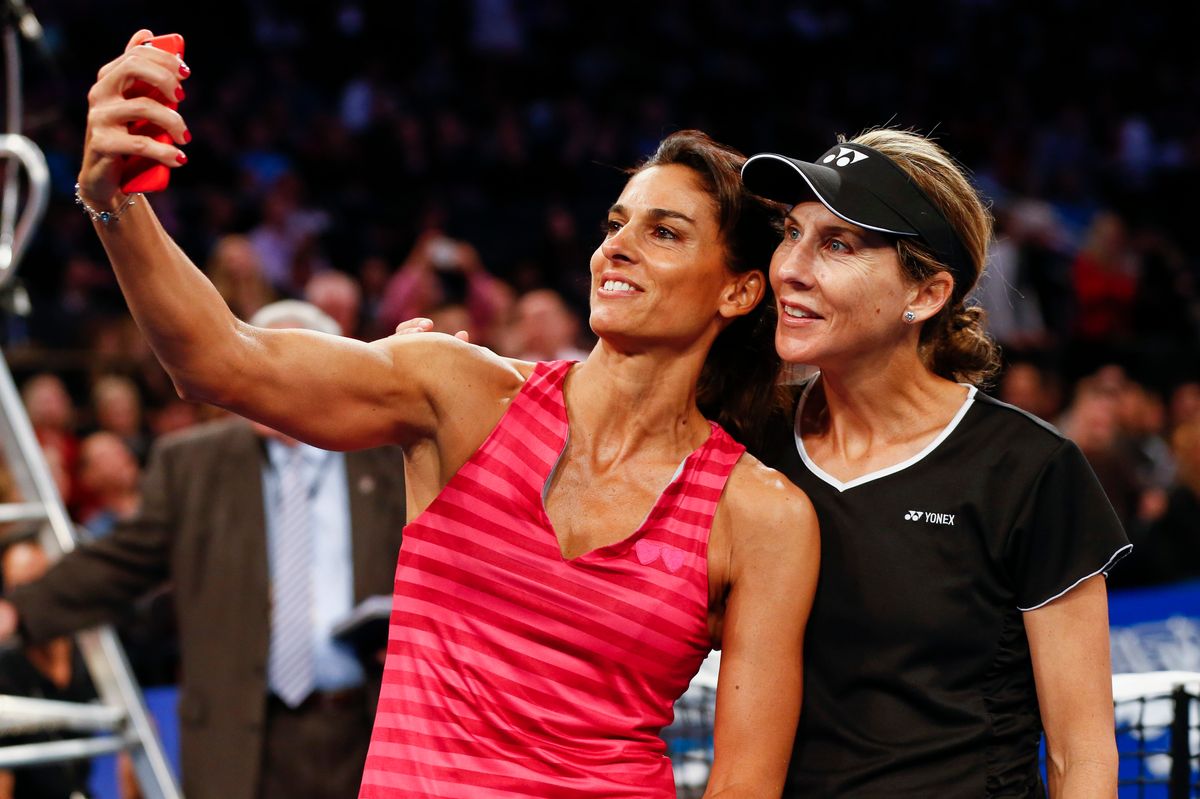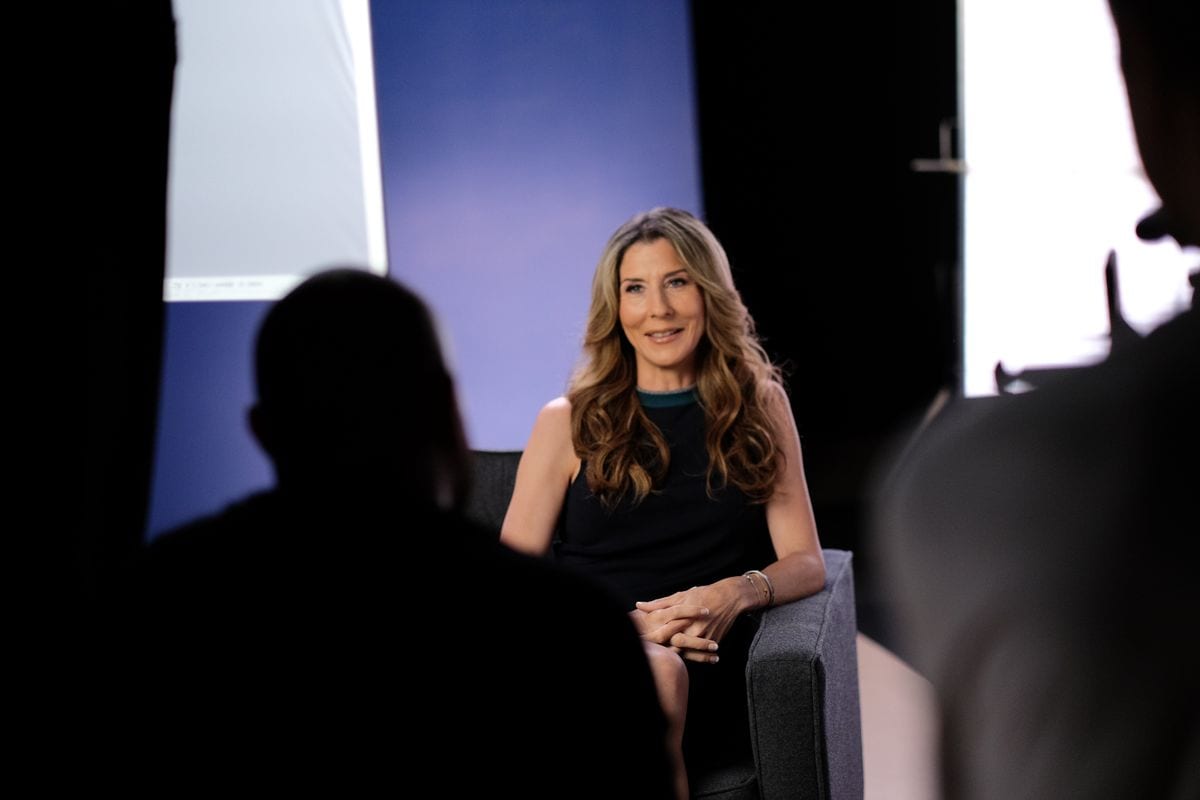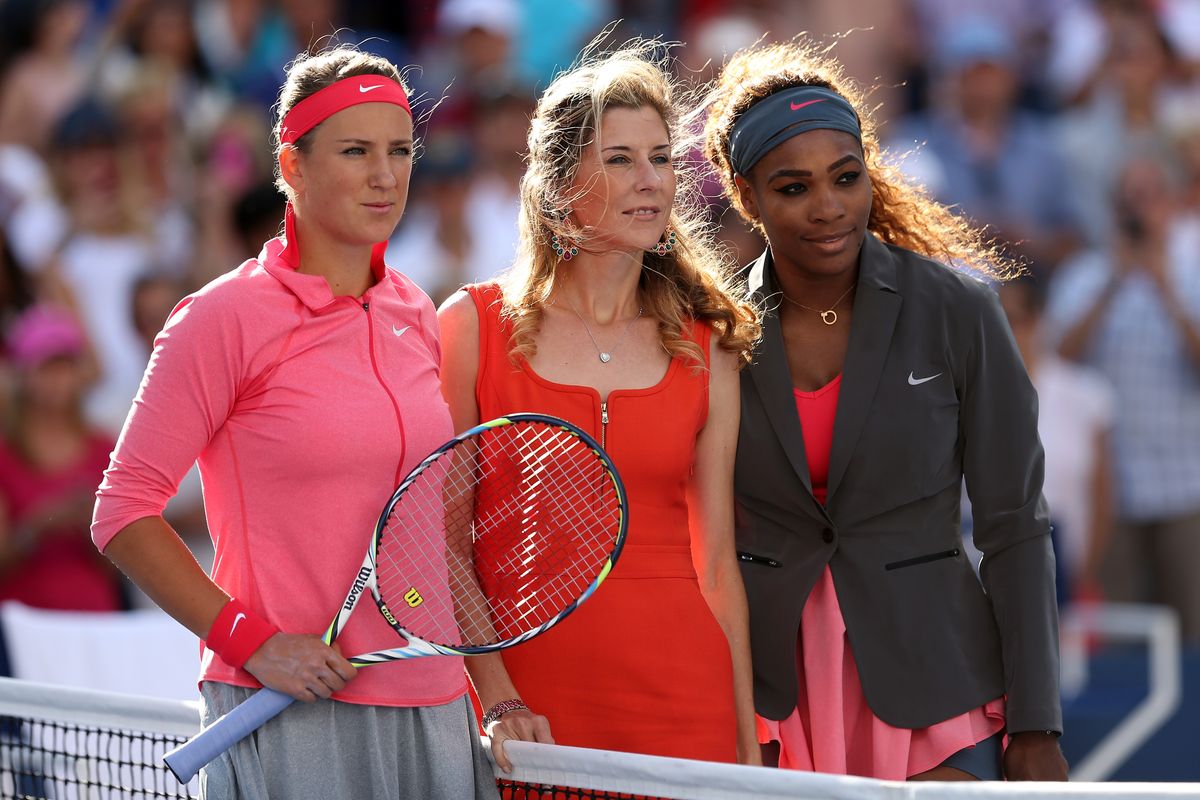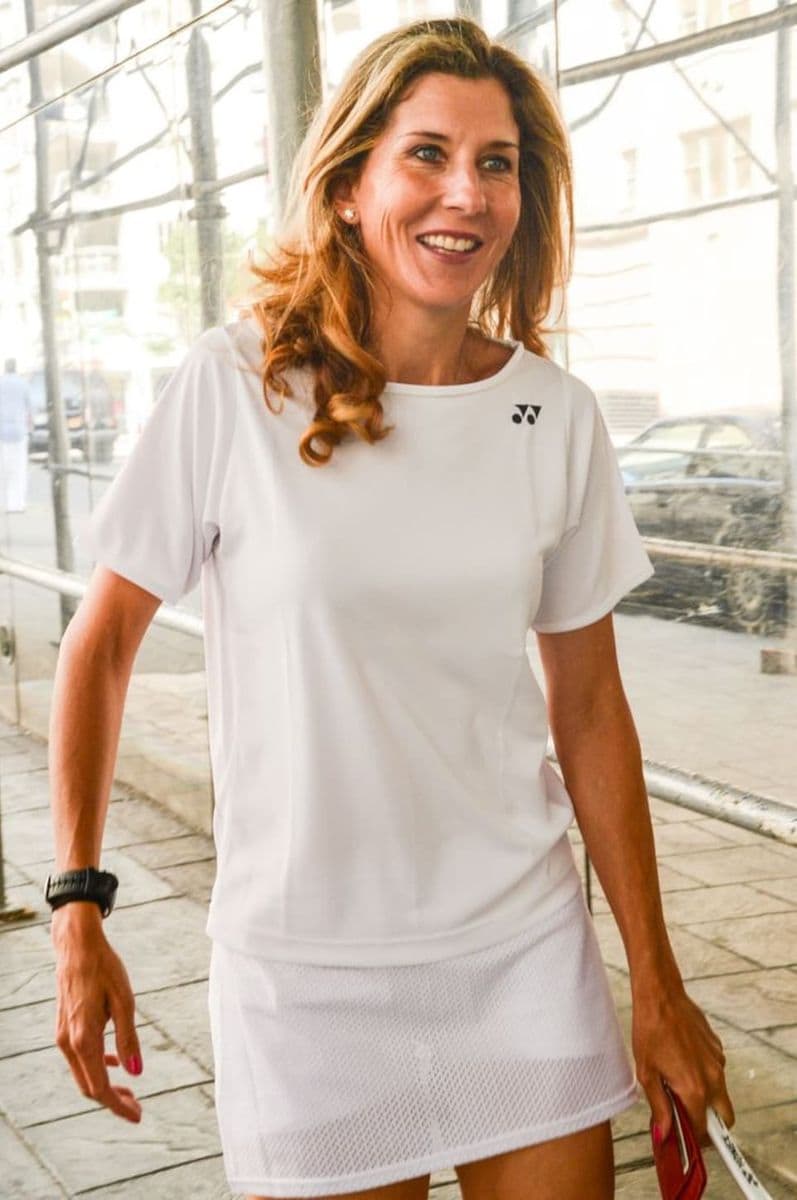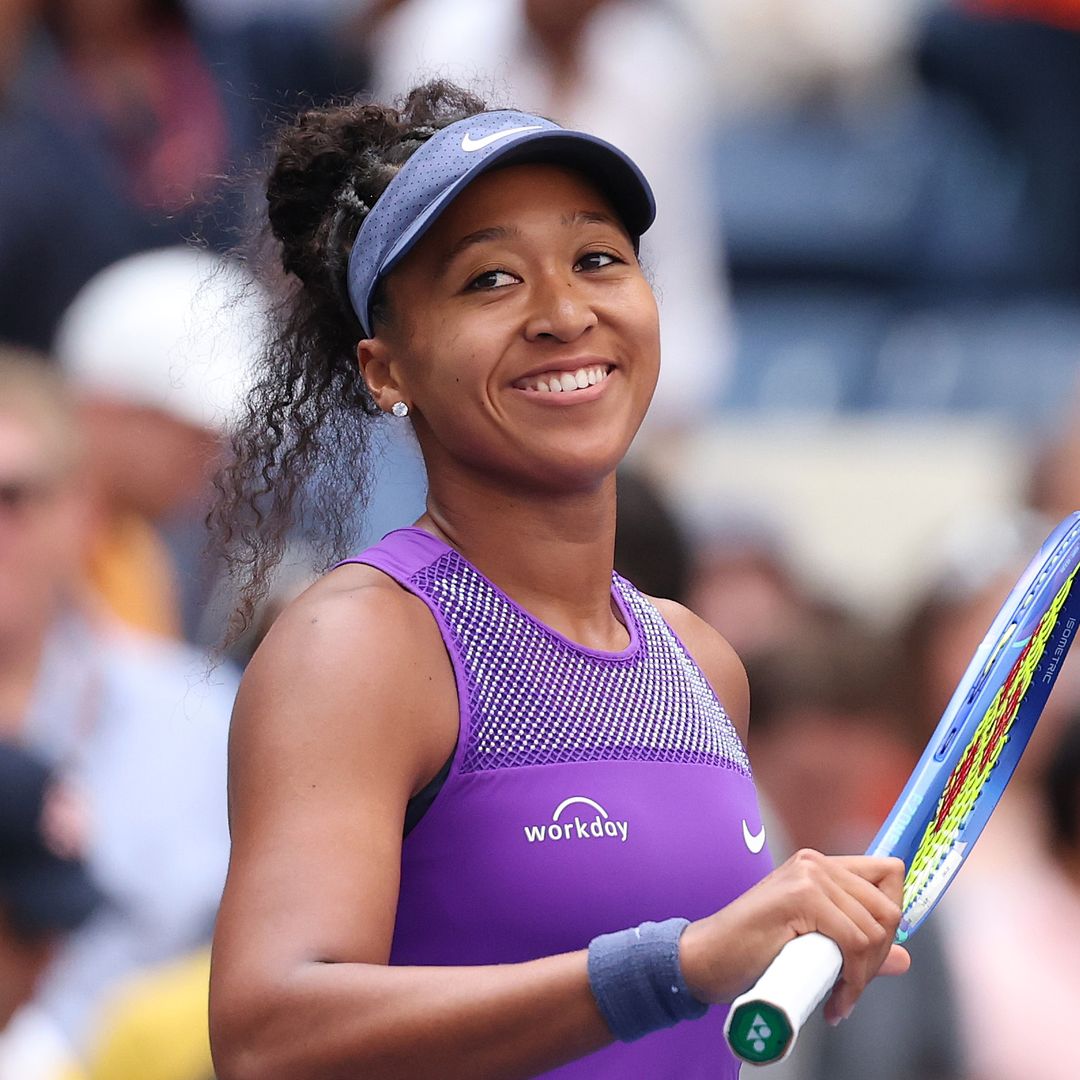We have to go back to the 2003 French Open to find the last time we saw Monica Seles compete. Since then she’s had a very varied career. She’s stayed connected to the sport through exhibitions and charity tournaments, shared her story in a book, given talks, and been very active in mental health campaigns. What she had never done until now was talk about the health problem she has been living with for the past three years, which she says “affects my daily life quite a lot.”
The nine-time Grand Slam champion, who is a member of the International Tennis Hall of Fame, has opened up about her diagnosis in the lead-up to the US Open. Seles, born in 1973 in what was then Yugoslavia, has myasthenia gravis, a neuromuscular autoimmune disease. The disorder is an autoimmune disease that causes weakness in the skeletal muscles, which worsens after periods of activity and improves after periods of rest, according to the National Institute of Neurological Disorders and Stroke. Experts note that myasthenia gravis can occur at any age; however, in women, it is more commonly developed between the ages of 20 and 40 and again between 60 and 80, while in men, the first symptoms typically appear after the age of 60.
The tennis player told The Associated Press about the first symptoms of this illness, which appeared in subtle yet alarming ways. “I would be playing with some kids or family members, and I would miss a ball. I was like, ‘Yeah, I see two balls.’ These are obviously symptoms that you can’t ignore,” Seles said. “And, for me, the moment is when this journey started. And it took me quite some time to really absorb it and speak openly about it because it’s a difficult one. It affects my day-to-day life quite a lot.”
Seles, who lives in the United States, explained that her doctor referred her to a neurologist. She was very surprised by the diagnosis because she had never heard of the disease, which marked the start of a “new normal” she is gradually getting used to. Reflecting on her life, the 51-year-old Seles compares her challenges to a series of “hard resets” in tennis terms. The first came at 13, when she left Yugoslavia for the United States without speaking the language or having her family by her side. Another came with the sudden glare of fame as a teenage champion, and the most devastating followed the on-court stabbing that changed her career forever. Each chapter forced her to adapt, rebuild, and discover a way forward.
For Seles, her diagnosis marked yet another in a lifetime of painful resets. “And then, really, being diagnosed with myasthenia gravis: another reset. But one thing, as I tell kids that I mentor: ‘You’ve got to always adjust. That ball is bouncing, and you’ve just got to adjust,’” she said. It’s a philosophy shaped by years of overcoming personal and professional upheavals, and one she now applies to living with a chronic illness—meeting each unpredictable challenge with adaptability and resilience.
The athlete faces this challenge with the unconditional support of her husband, Tom Golisano, whom she married in 2022. The American businessman and philanthropist founded Paychex, a company that helps businesses manage their staff, payroll, and employee benefits externally. She also finds it deeply comforting to still receive so much love from the public, even though she has been away from competition for a long time.
One of the most challenging moments in her life was when she suffered a stab wound. In 1993, during her match against Magdalena Maleeva in the quarterfinals of the Citizen Cup in Hamburg, Germany, she was attacked from behind by a spectator. The attacker, Günter Parche, who died in 2023, acted with the aim of helping Steffi Graf regain the world No. 1 ranking. That incident forced her to take a temporary break from tennis, but the psychological scars remain, and she has admitted that she suffered in silence and went through an internal conflict.

